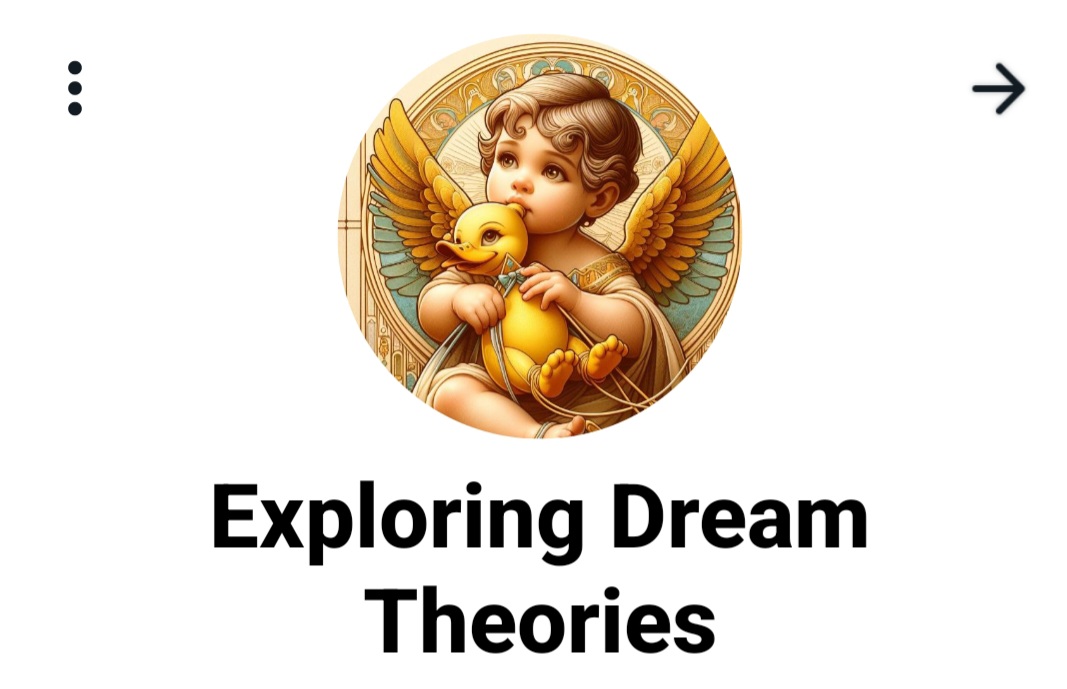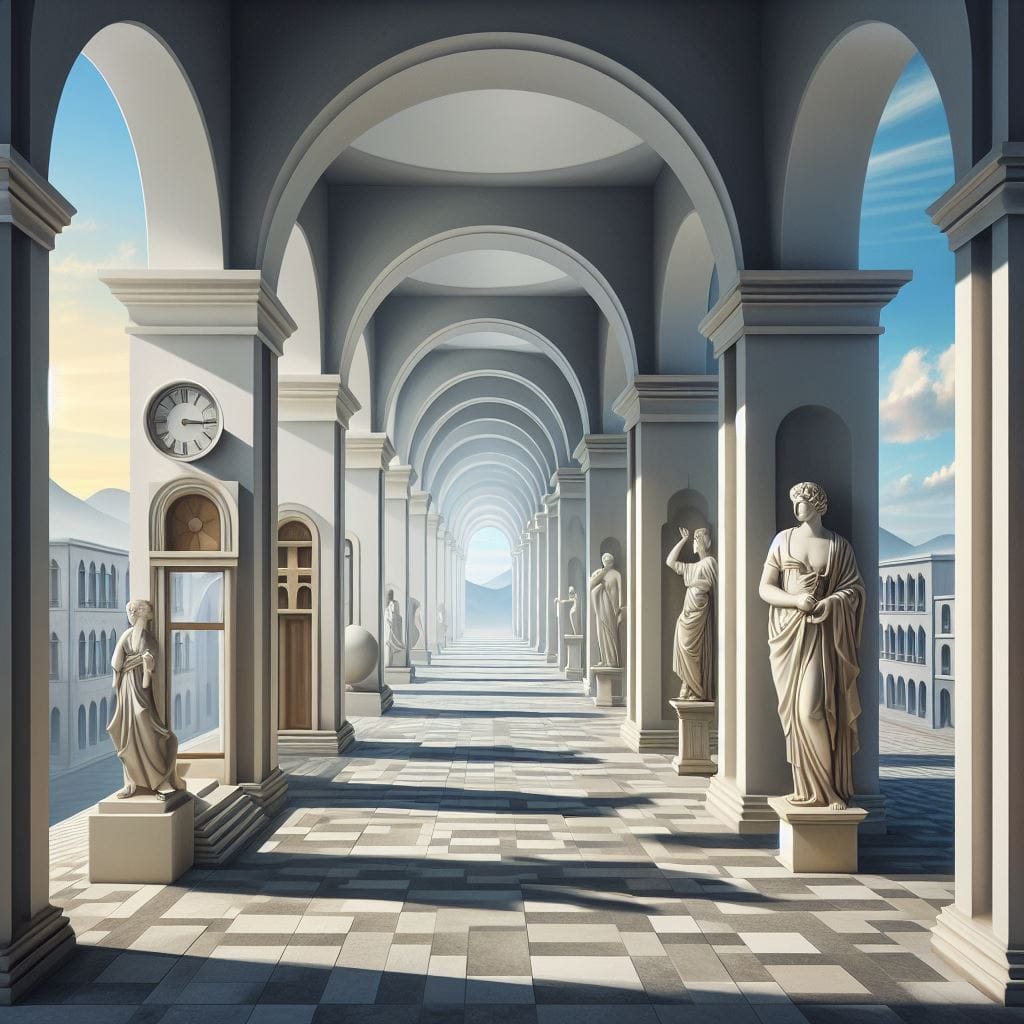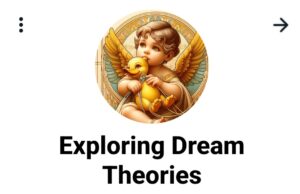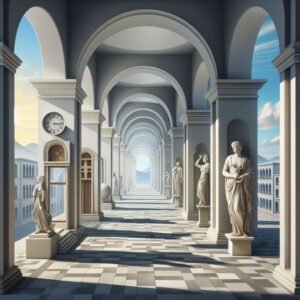
DREAM THEORIES AND SCIENCE OF DREAMING / Dr. Raz Even
facebook Email : razeven.dreams-at-gmail.com
Cooperative Neurophenomenology and dreaming
Cooperative NeurophenomenologyA concept emerging from the intersection of neuroscience, phenomenology, and dream studies Definition Cooperative…
Reverie and the Birth of Dreaming: Gaston Bachelard’s Poetics of Imagination
In The Poetics of Reverie (1971), French philosopher Gaston Bachelard explores reverie as a primordial…
Creativity in Dreams – Problem-Solving and Innovation
In Chapter 7 of "Altered States of Dreaming: Structure and Logic," We expand on the…
שפת החלום במבט סטרוקטורליסטי: בין מיתוס, מבנה ומשמעות
שפת החלום במבט סטרוקטורליסטי: בין מיתוס, מבנה ומשמעות החלום, בדומה למיתוס, פועל על פי היגיון…
The Fabric of Dreams: Symbolism, Logic, and the Structural Unconscious
I. Introduction: Deciphering the Dreamscape - Symbolism and Logic in the Nocturnal Mind The landscape…
החלון כקרע אפיסטמולוגי
החלום כקרע אפיסטמולוגי -:אינטגרציה בין נוירופסיכואנליזה לתיאוריה ביקורתית החלום אינו רק ראי לנפש – הוא…
Brain networks and dreaming
⸻ V. Toward Network-Based Models: Contemporary Alternatives to the Lateralization Framework While the study of…
Dreaming and the Spectrum of Consciousness
I. Introduction The website DreamTheory.org, edited by Dr. Raz Even, serves as a comprehensive digital…
Key Themes and Insights from DreamTheory.org:
Lucid Dreaming and Psychoanalysis: Lucid dreams provide a unique context for psychoanalytic exploration, allowing for…
Giorgio de Chirico’s art – PSYCHOANALYSIS and DREAM SPACE
Giorgio de Chirico's art is a profound narrative that leverages the uncanny and the architectural…




